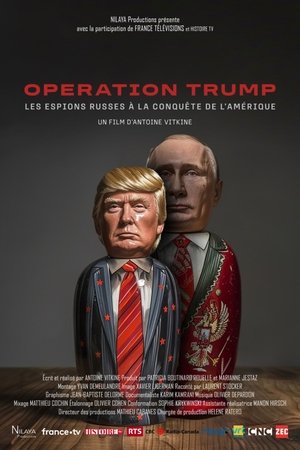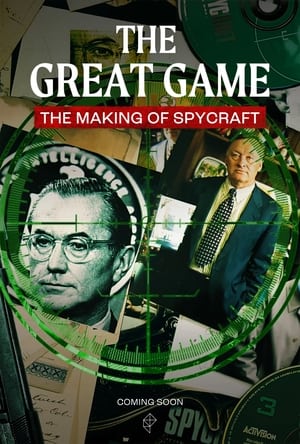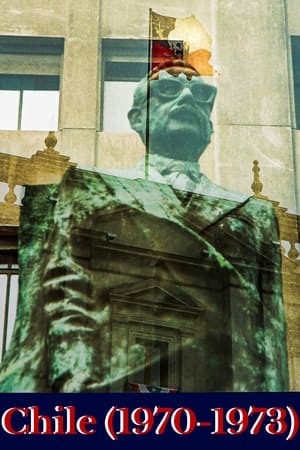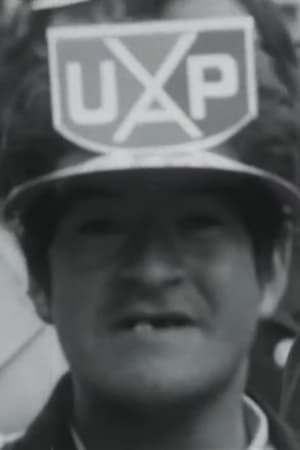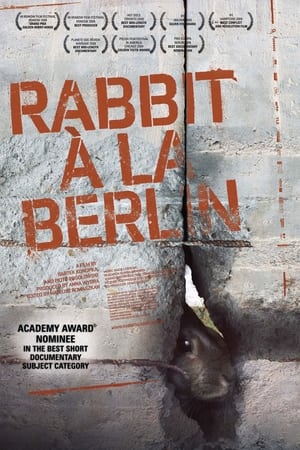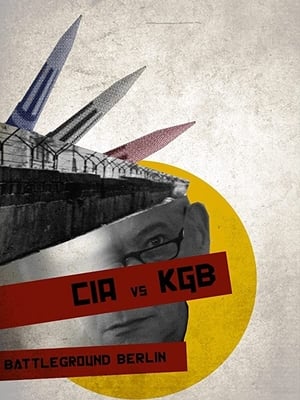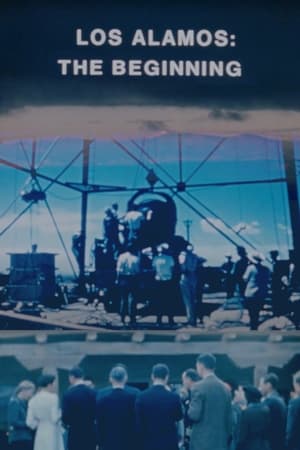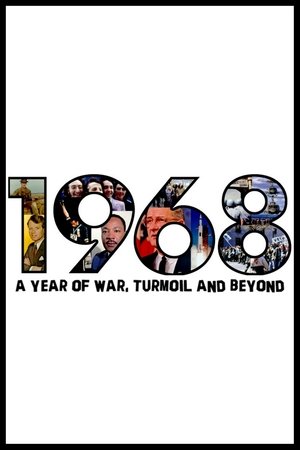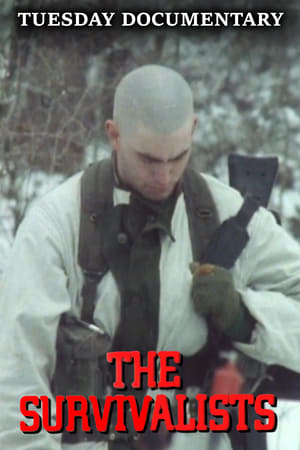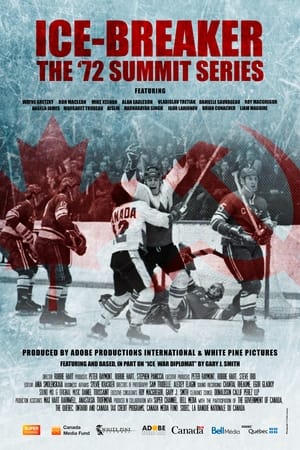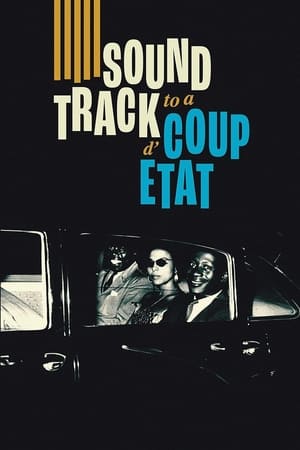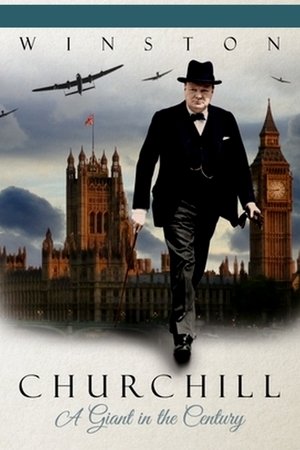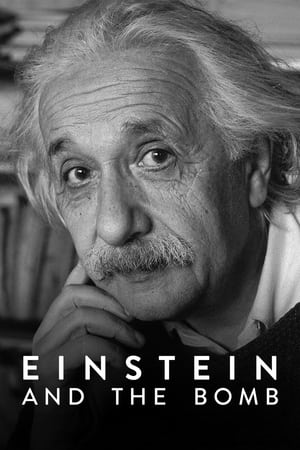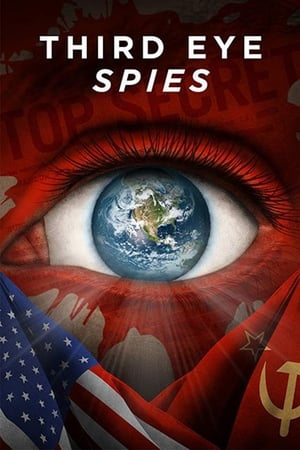Overview
The termination of the INF Treaty between the USA and Russia shows how little mutual trust there is between the world powers today. Thanks to this agreement, short- and medium-range nuclear missiles were disarmed and banned at the end of the 1980s. The political situation has worsened again. Even Germany is discussing the development of its own nuclear weapons. Is a new Cold War looming?

 German
German
 6
6
 2019
2019
 Germany
Germany


